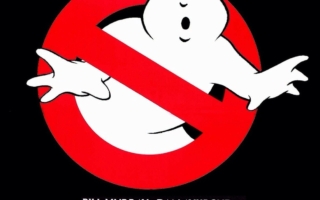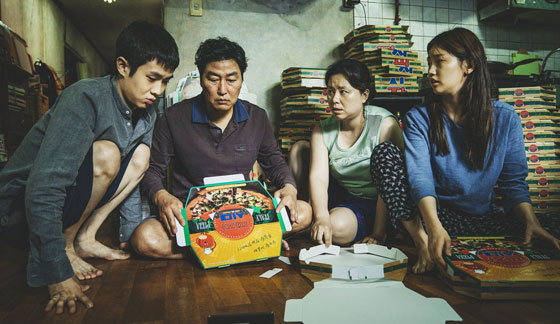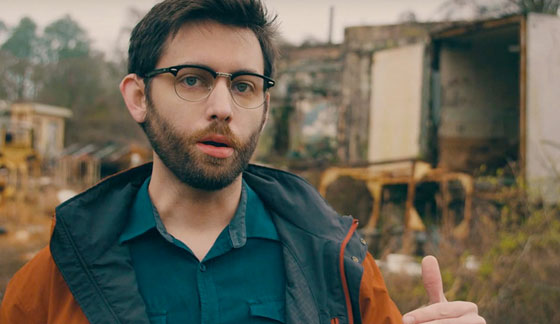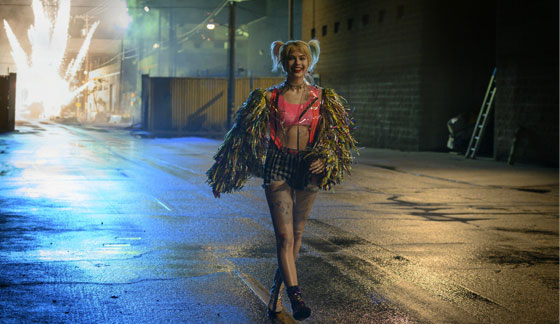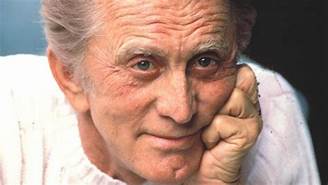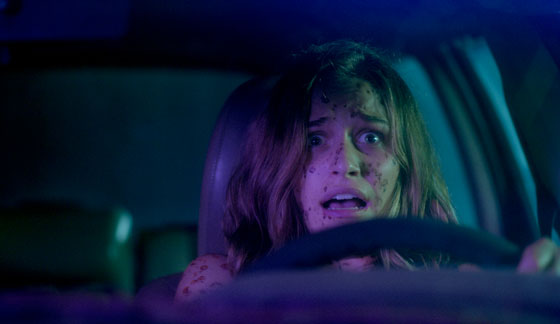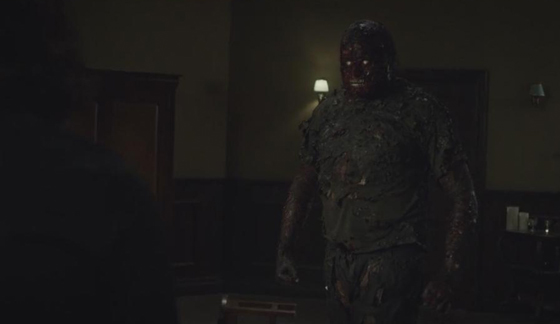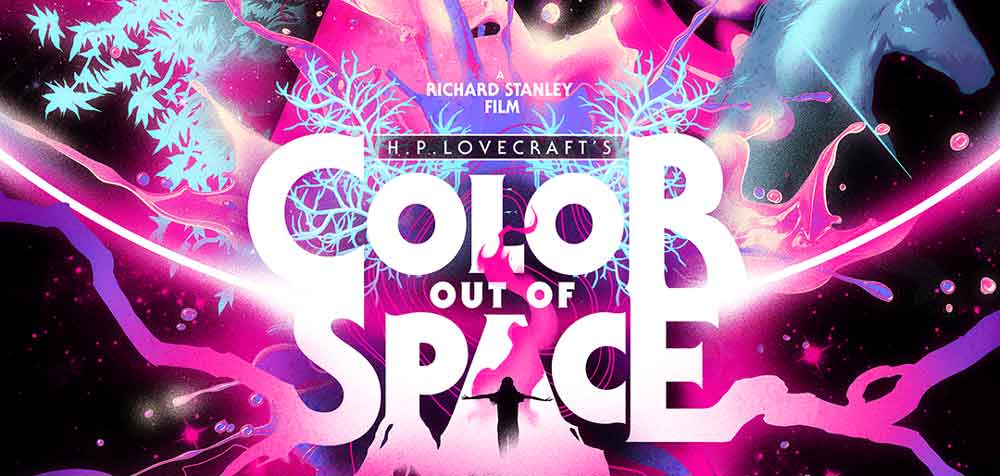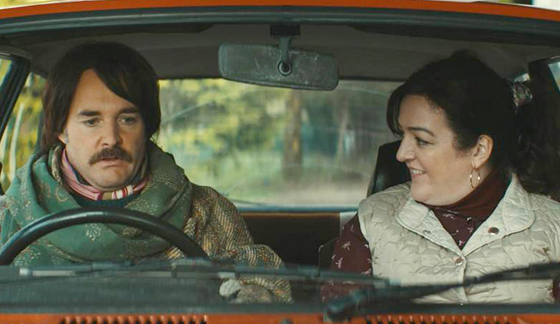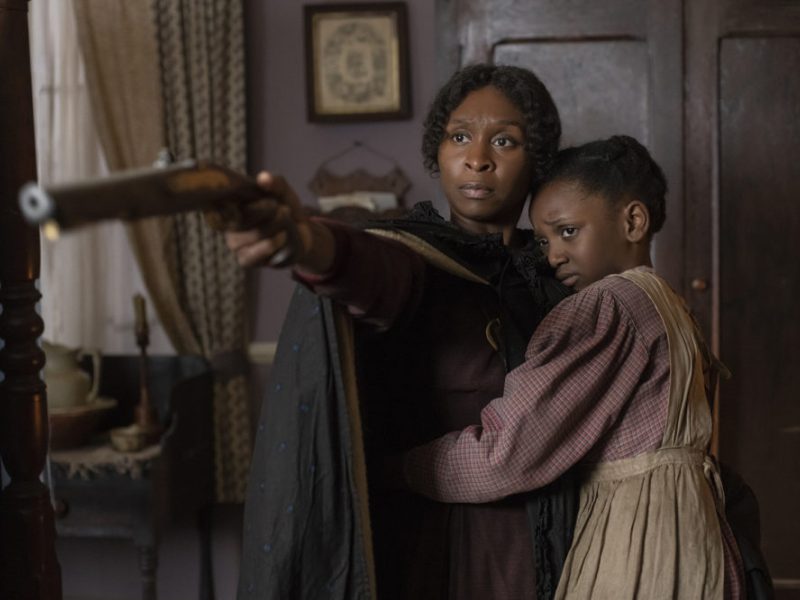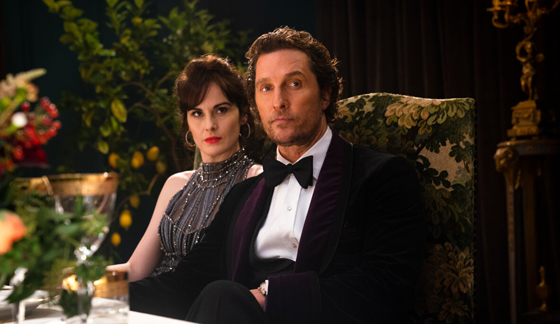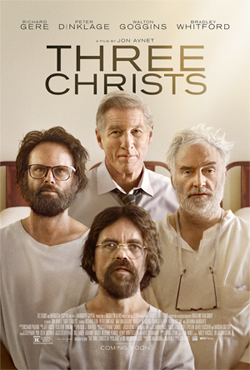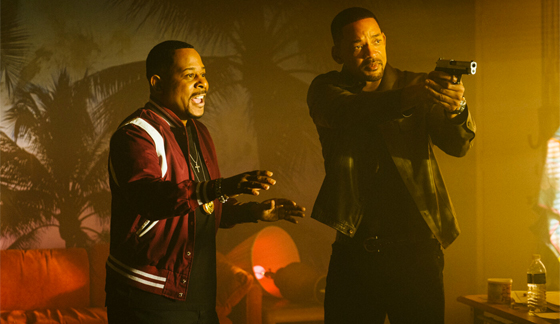“Parasite,” the South Korean thriller directed by Bong Joon-ho, made Oscar history tonight when it became the first non-English language film to win Best Picture at the 92nd Annual Academy Awards. In doing so, it took down more heavily favored films like “1917” and “Once Upon a Time…in Hollywood.”
Director Bong Joon-ho became the first person to take home four awards in one ceremony, winning Oscars as the director, co-producer and co-writer of the film. He also received the award as the director of the year’s Best International Feature Film.
Joaquin Phoenix was named Best Actor for his work in “Joker” while Renee’ Zellwegger took home the Best Actress award for her portrayal of Hollywood legend Judy Garland in “Judy.”
Supporting Oscars went to Brad Pitt for “Once Upon a Time…in Hollywood” and Laura Dern for “Marriage Story.” Dern paid tribute to her parents, former Oscar nominees Bruce Dern and Diane Ladd, in her acceptance speech.
“Toy Story 4” was named the years Best Animated Feature. Here is a complete list of tonight’s winners:
BEST PICTURE
“Parasite”
BEST DIRECTOR
Bong Joon-ho – “Parasite”
ACTOR IN A LEADING ROLE
Joaquin Phoenix – “Joker”
ACTRESS IN A LEADING ROLE
Renée Zellweger – “Judy”
ACTOR IN A SUPPORTING ROLE
Brad Pitt – “Once Upon a Time… in Hollywood”
ACTRESS IN A SUPPORTING ROLE
Laura Dern – “Marriage Story”
ORIGINAL SCREENPLAY
“Parasite” – screenplay by Bong Joon-ho and Han Jin-won
ADAPTED SCREENPLAY
“Jojo Rabbit” – screenplay by Taika Waititi
BEST ANIMATED FEATURE
“Toy Story 4”
INTERNATIONAL FEATURE FILM
“Parasite” – South Korea
DOCUMENTARY – FEATURE
“American Factory”
DOCUMENTARY – SHORT SUBJECT
“Learning to Skateboard in a Warzone (If You’re a Girl)”
LIVE ACTION SHORT FILM
“The Neighbors’ Window”
ANIMATED SHORT FILM
“Hair Love”
ORIGINAL SCORE
“Joker” – Hildur Guðnadóttir
ORIGINAL SONG
“(I’m Gonna) Love Me Again,” from “Rocketman” written by Elton John and Bernie Taupin
SOUND EDITING
“Ford v Ferrari”
SOUND MIXING
“Ford v Ferrari”
PRODUCTION DESIGN
“Once Upon a Time…in Hollywood”
CINEMATOGRAPHY
“1917”
MAKEUP AND HAIRSTYLING
“Bombshell”
COSTUME DESIGN
“Little Women”
FILM EDITING
“Ford v Ferrari”
VISUAL EFFECTS
“1917”
